I’m in the middle of moving house. House, town and country.
This is one of the most stressful life experiences, right? It’s up there with divorce or losing your job. Of course, I do want to move. But, even so – even when it’s what you want – it’s a little bit stressful.
I had a leaving dinner with a friend, and we talked about anxiety. In detail. Health anxiety, not exclusive to Covid. Relationship anxieties, or at least the aftermath. Financial uncertainties, housing instability, having teenagers.
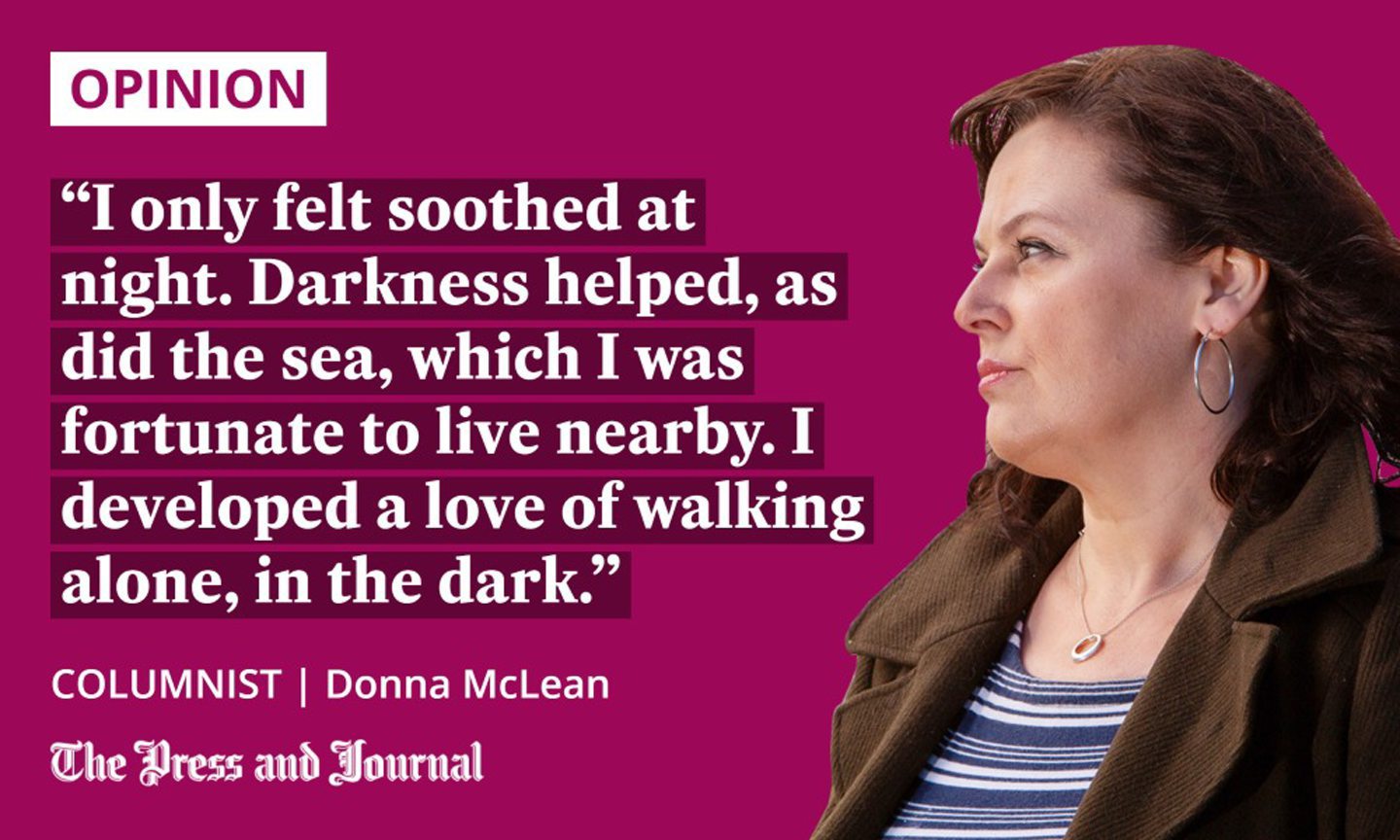
We even introduced Maslow’s hierarchy of needs. I realised that my current anxiety is reasonable, a valid response to life’s challenges. I’ve had a few of those over the last two years – haven’t we all?
Cases of anxiety and depression around the world have increased exponentially since 2020. The pandemic has taken a serious toll on our mental health, with women and young people even more likely to be affected.
Women tended to be more affected by caring responsibilities and school closures. Women also tend to have lower salaries, fewer savings, and less secure employment than men. There has been a huge reported increase in incidences of domestic abuse.
My own recollection of early lockdown is a blur. I’ve distanced myself, detached myself, possibly as a safety mechanism. I forced myself to think about it the other day, with some difficulty. I felt anxious, re-experiencing the isolation, the sense of powerlessness, feeling trapped in an increasingly abusive situation.
What was the point of re-examining this? I can look back and see where I’ve come from. I can see that there is always impermanence. Everything changes. Fundamentally, I can say that I am OK.
Panic attacks were like explosions
My first experience of anxiety happened at the age of eight. By 14, I was living with panic disorder.
Panic attacks would appear like an explosion, often in shops. Especially clothes shops and supermarkets. Bright lights seemed to be a trigger. And mirrors. God how I hated mirrors. My stomach would whir like a washing machine, my vision would blur, I’d feel like I was going to faint.
Outside, loud noises would make me jump, almost through my own skin. A passing car, a motorbike. I only felt soothed at night. Darkness helped, as did the sea, which I was fortunate to live nearby. I developed a love of walking alone, in the dark.
During this time, I was still functioning. I did well at school, had a part-time job and close friends. I could get up on stage and recite poetry, if required.
As for recovery, that seemed to happen naturally. By 19. I was a student mental health nurse, family life had improved, I had a stable relationship with my then-boyfriend. I was able to move easily in my world, no panic attacks in sight.
Fight, flight or freeze mode
I moved to London and spent my twenties embracing everything life offered. No anxiety! Evening classes, training to be a counsellor, managing a team. I was on top of it all, despite a demanding job and being mugged – three times.
But, then came my early-thirties. Life was either very up or very down. Relationship breakdown, bereavement, shiny new relationship, an engagement. Then a complete disappearing act by that character.
My coping mechanisms were unhealthy, and it was an effort to look after myself
I was in and out of fight, flight or freeze mode for several years, my brain creating catastrophic eventualities. Reality during that period was often worse than anything I could invent.
My coping mechanisms were unhealthy, and it was an effort to look after myself. Work saved me, or the fear of losing it. (Plus, a brilliant Australian psychologist, who is now a ballroom dancing champion.)
‘I’ll go take a hot bath’
Now, I’ve realised that anxiety is like a relative who comes and goes, often absent for months. Sometimes it’s a decade before our next reunion.
What works? My walks in the dark when daylight is too much. Proximity to water, whether it’s sea, river, or loch, feels essential to my equilibrium. Sleep is something I struggle with, in general, so my idea of rest is listening to music, French crime dramas, reading poetry when I can’t concentrate on novels. And too-hot baths.
As Sylvia Plath said: “There must be quite a few things a hot bath won’t cure, but I don’t know many of them. Whenever I’m sad I’m going to die, or so nervous I can’t sleep, or in love with somebody I won’t be seeing for a week, I slump down just so far and then I say: ‘I’ll go take a hot bath.'”
Donna McLean is originally from Ayrshire and is a mum of twins, writer and activist
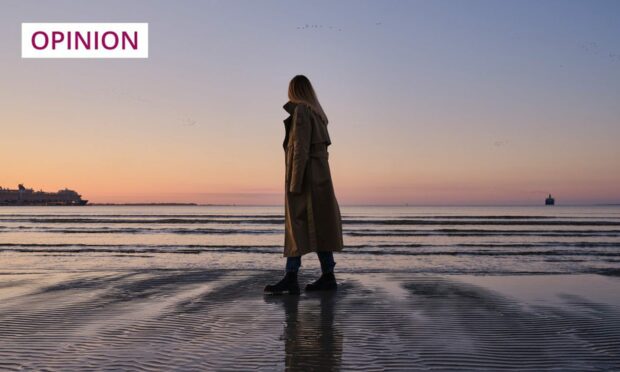
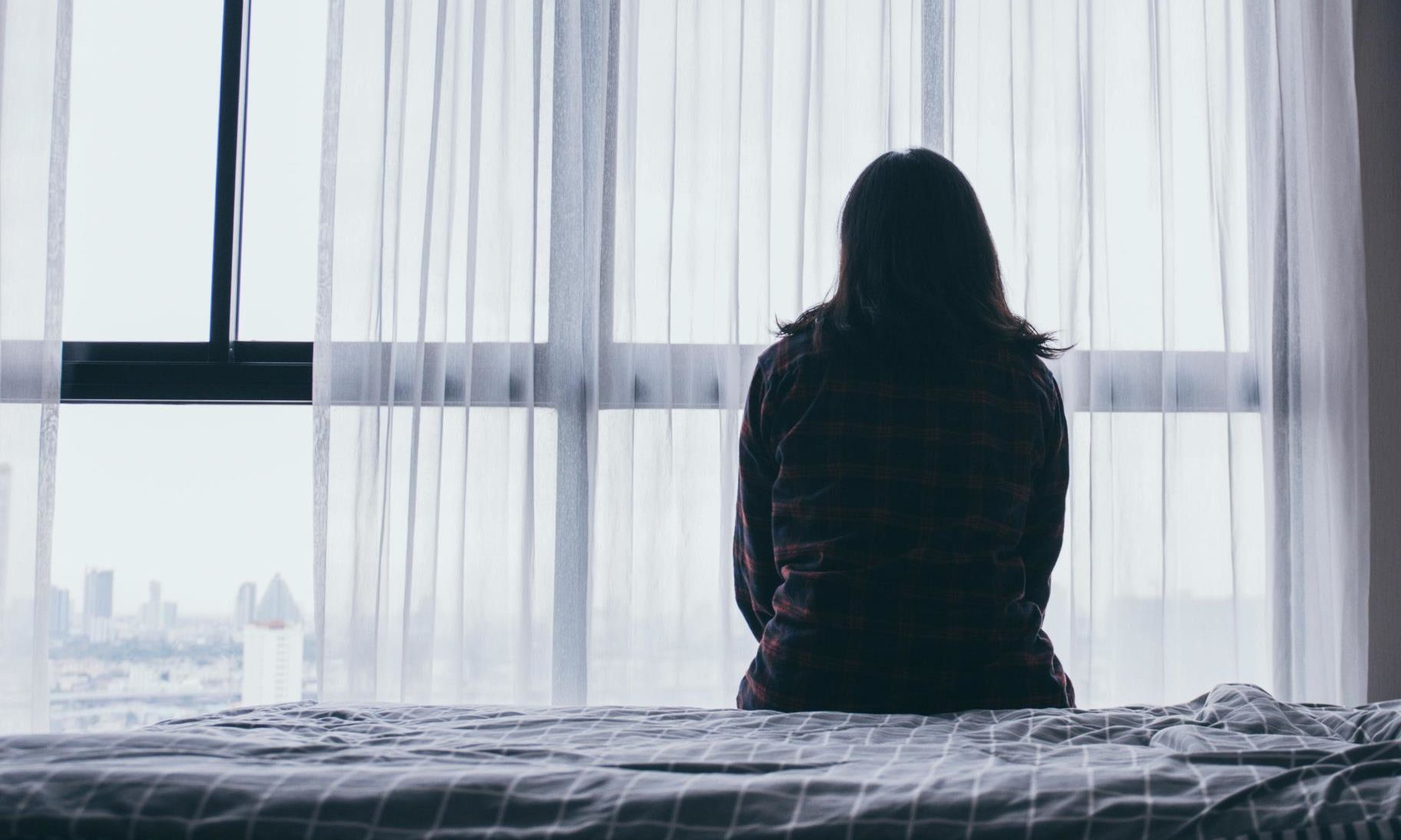
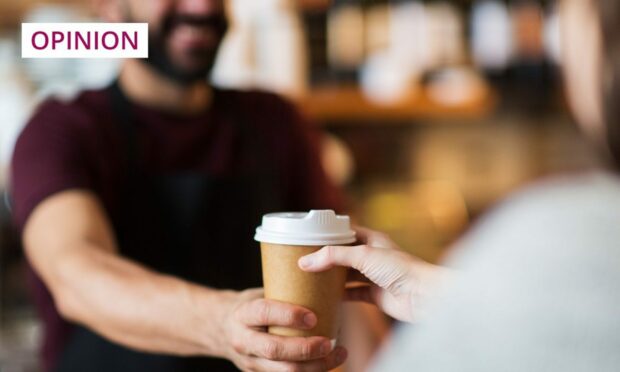
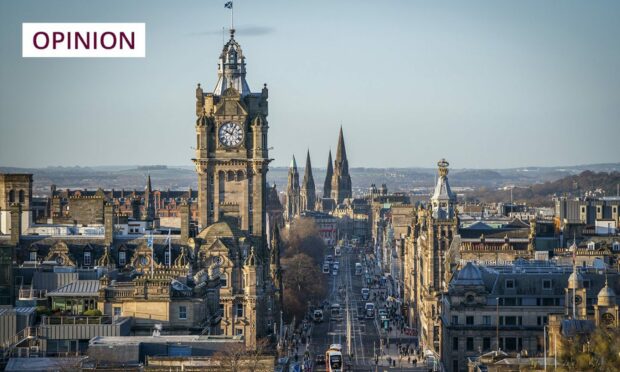
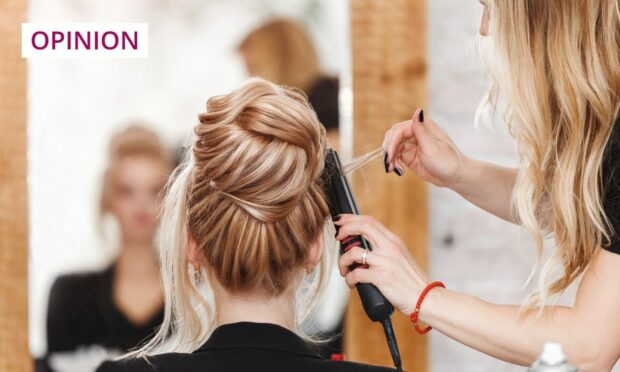
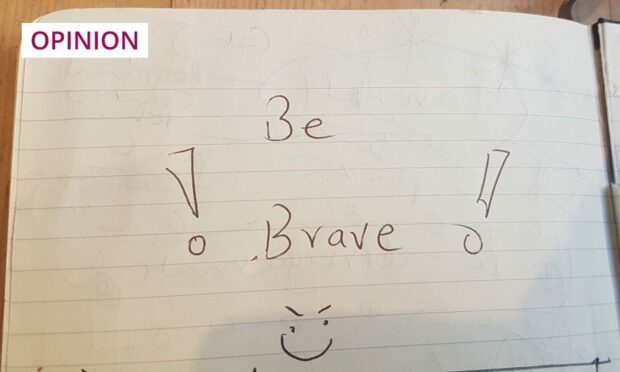

Conversation